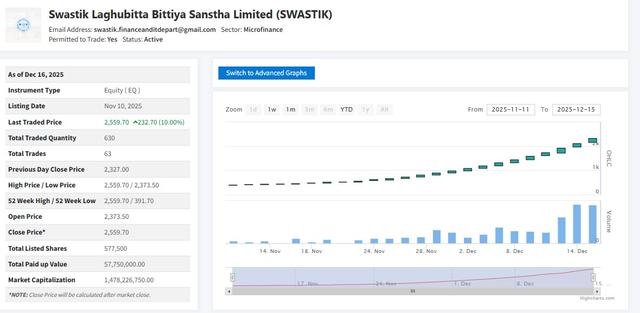Trade Deficit Rises by 8.59%: How Can Nepal Achieve Self-Reliance?
Author
NEPSE TRADING

Kathmandu – In the first two months of the current fiscal year 2082/83, Nepal’s trade deficit increased by 8.59 percent. According to the Department of Customs, the country imported goods worth over Rs. 305 billion, while exports stood at only Rs. 47.31 billion. Although overall foreign trade expanded, the widening gap between imports and exports has deepened the trade deficit.
Compared to the same period last year, imports grew by more than 16 percent, whereas exports, despite recording a strong 88 percent rise, were largely driven by soybean oil shipments. Heavy reliance on a single commodity has limited the capacity of exports to offset the rising import bill, making the trade deficit a persistent challenge.
Experts argue that reducing the deficit in the long run requires a two-pronged approach: import substitution and export diversification. They emphasize that Nepal must become more self-reliant in agriculture, utilize alternative energy resources, increase domestic production of raw materials for industries, and develop exportable services in technology and innovation.
Development economists suggest that only through industrialization, improved quality of local products, and stronger branding in international markets can Nepal move towards a path of self-reliant growth. Without such structural reforms, the trade deficit is likely to remain a recurring burden on the national economy.



